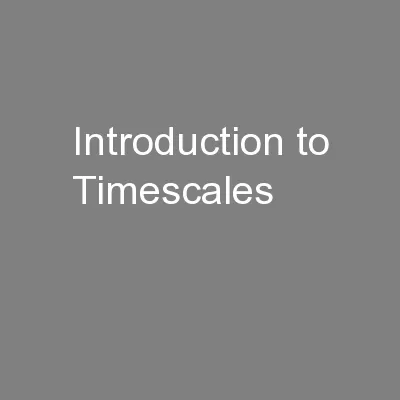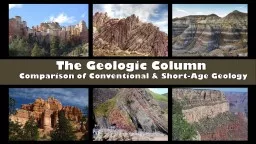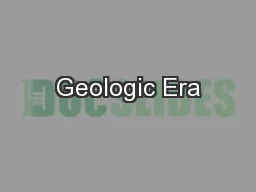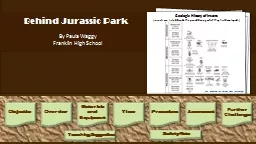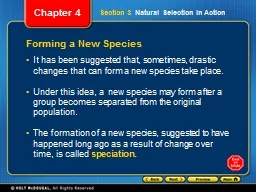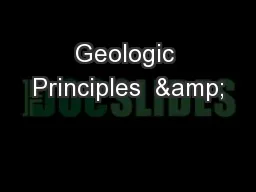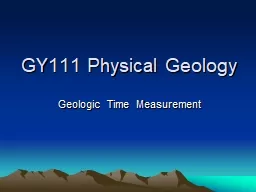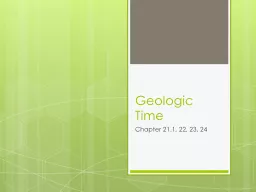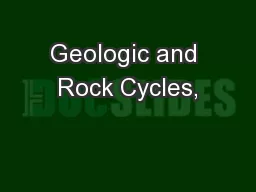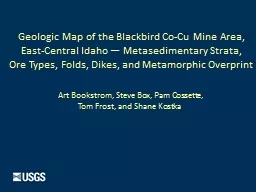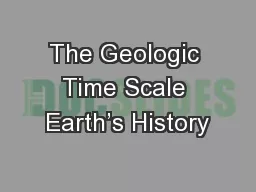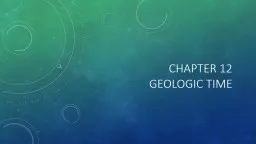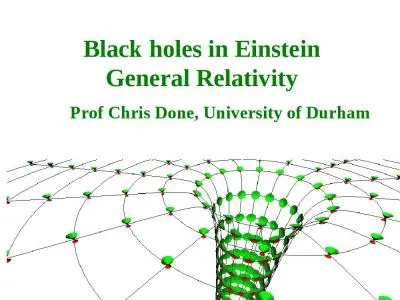PPT-Geologic Timescale
Author : cheryl-pisano | Published Date : 2017-01-17
How long ago were the dinosaurs here How do we even describe geologic time anyway EONS which are divided into ERAS which are divided into PERIODS which are divided
Presentation Embed Code
Download Presentation
Download Presentation The PPT/PDF document "Geologic Timescale" is the property of its rightful owner. Permission is granted to download and print the materials on this website for personal, non-commercial use only, and to display it on your personal computer provided you do not modify the materials and that you retain all copyright notices contained in the materials. By downloading content from our website, you accept the terms of this agreement.
Geologic Timescale: Transcript
Download Rules Of Document
"Geologic Timescale"The content belongs to its owner. You may download and print it for personal use, without modification, and keep all copyright notices. By downloading, you agree to these terms.
Related Documents


